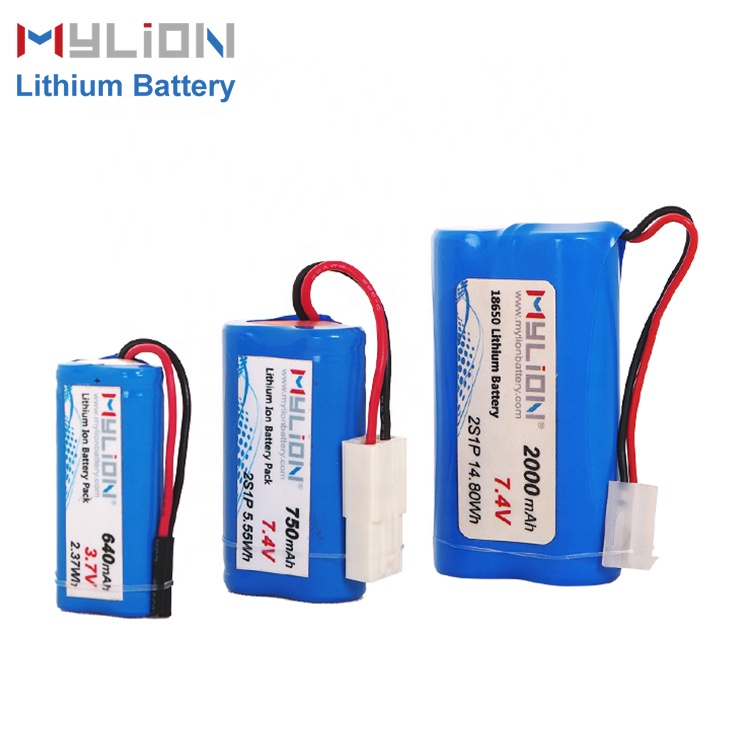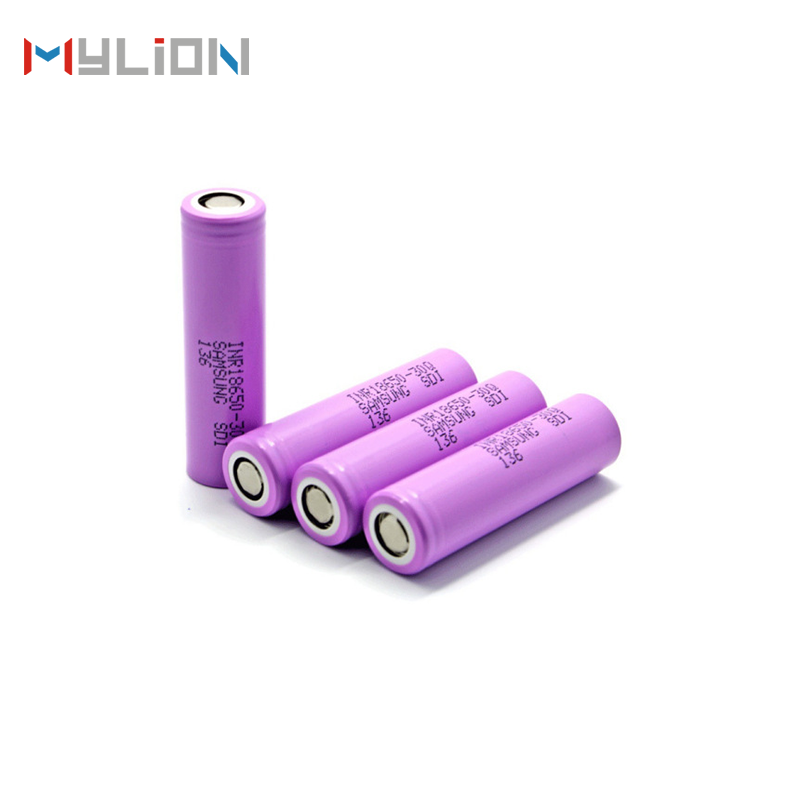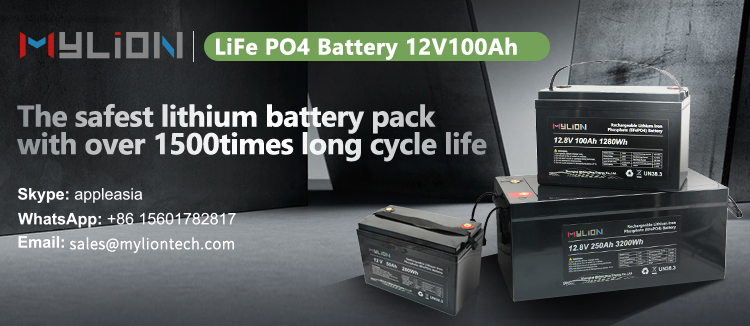Lithium-ion batteries use lithium-containing compounds as the positive electrode. During the charging and discharging process, lithium ions are extracted and inserted back and forth between the positive and negative electrodes of the battery to achieve charging and discharging. The inside of a lithium-ion battery is mainly composed of a positive electrode, a negative electrode, an electrolyte and a separator.
Lithium-ion batteries mainly rely on the movement of lithium ions between the positive and negative electrodes to work. During the charging and discharging process, Li+ intercalates and deintercalates back and forth between the two electrodes: during charging, Li+ deintercalates from the positive electrode and intercalates into the negative electrode through the electrolyte, and the negative electrode is in a lithium-rich state; the opposite is true during discharge.

As the most widely used type in the battery field, what are the advantages of lithium batteries?
1. The energy ratio is relatively high. With high storage energy density, it has reached 460-600Wh/kg, which is about 6-7 times that of lead-acid batteries;
2. The service life is long, and the service life can reach more than 6 years. The battery with lithium iron phosphate as the positive electrode is charged and discharged with 1CDOD, and there is a record of 10,000 times of use;
3. The rated voltage is high (the single working voltage is 3.7V or 3.2V), which is approximately equal to the series voltage of 3 nickel-cadmium or nickel-metal hydride rechargeable batteries, which is convenient to form a battery power pack;
4. It has high power endurance, and the lithium iron phosphate lithium ion battery used in electric vehicles can reach 15-30C charge and discharge capacity, which is convenient for high-intensity start-up acceleration;
5. The self-discharge rate is very low, which is one of the most prominent advantages of the battery. Currently, it can generally achieve less than 1%/month, which is less than 1/20 of the Ni-MH battery;
6. Light weight, the weight is about 1/5-6 of the lead-acid product under the same volume;
7. Strong adaptability to high and low temperature, it can be used in the environment of -20℃–60℃, after the process treatment, it can be used in the environment of -45℃;
8. Green and environmental protection, no matter it is produced, used or scrapped, it does not contain or produce any toxic and harmful heavy metal elements and substances such as lead, mercury, cadmium, etc.
9. Production basically does not consume water, which is very beneficial to some countries, which are short of water.

In recent years, the application range of lithium-ion batteries has become wider and wider. Lithium batteries are widely used in energy storage power systems such as water power, thermal power, wind power and solar power stations, as well as electric tools, electric bicycles, electric motorcycles, electric vehicles, military equipment, Aerospace and other fields. At present, lithium batteries have gradually expanded to the fields of electric bicycles and electric vehicles.







